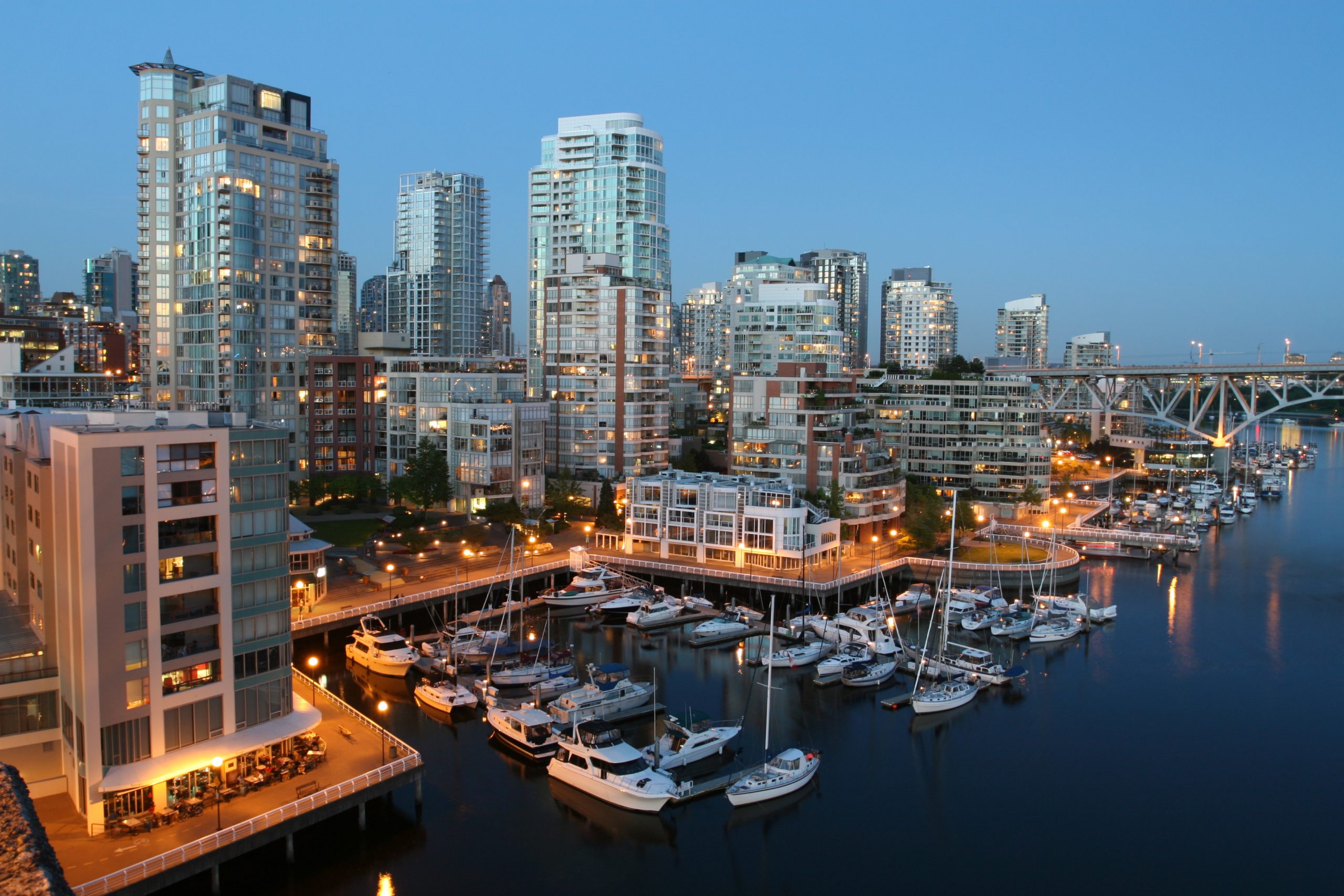By: Derek Hyde, AScT
Multi-unit residential buildings continue to grow in popularity as they appeal to a wide variety of people. Buildings on their own can provide a number of different conveniences for tenants of any age, and in today’s competitive market, developers need to ensure that buildings are not only meeting the basic needs of living space but that the building themselves, the communities that they are situated and the amenities that are offered match the lifestyles of their desired occupants.
Community & Amenities
A great community is one that matches the lifestyle of its residents. Being able to walk to public transportation, shopping centres or restaurants versus being within walking distance of a park, a waterfront, schools or walking trials will attract certain buyers or renters that feel as though the conveniences within the respective community match their individual or family’s preferences. Buyers and renters don’t want to just live in their respective units; they want to feel as though they a part of a community outside of the building that their space is located in. Equally as important are the amenities that help build a community inside of a building. There are instances where buyers or renters are not able to find space to live in their preferred neighbourhood and end up selecting a building based on whether it meets their needs from a building’s amenities perspective. Some of these amenities may include a fitness center, swimming pool, playground, lobby area, library, a green space on the roof or a community room. Some of the more modern amenities that are being developed in many buildings include vehicle charging stations, communal kitchens and cooking spaces, gardens, dog or pet washing areas and even spaces where residents can store and share items such as furniture, sporting goods and other objects that can be used by others. While price and location are still top of mind for most tenants, amenities can influence their decision-making and, ultimately, where they’ll choose to invest both in the short-term and long term.
Live, Work & Play
Many developers recognize that people want to spend less time commuting and are now providing office and retail spaces as part of their developments, thus the increase in mixed-use buildings in heavily populated urban communities. Imagine getting ready for work and using an elevator to arrive at your place of work instead of getting in your car or a mode of public transportation to arrive at work. Instead of driving to the grocery store, you’re now able to walk across a courtyard to pick up groceries for the week and grab a coffee within the same building. These sorts of conveniences are contributing to developers purchasing parking properties around malls and constructing high-density residential high-rise towers; as a result to facilitate the needs of their future tenants. These types of developments are being welcomed by municipalities as they contribute to the viability and revitalization of aging neighbourhoods and are often a part of a larger planned development, such as a district or an urban village within a city.
Energy
The increased focus and awareness of the environment have influenced various levels of government and, specifically, the decisions that are made around the development of energy codes and standards. Codes like the B.C. Step Code or the National Energy Code of Canada for Buildings (NECB 2015) has been put in place in hopes of creating more energy-efficient infrastructure.
Companies that plan, design, build and manage buildings can benefit greatly by focusing beyond achieving certain sustainable certifications. In addition to the variety of benefits that various levels of government provide to developers as a result of “building green,” residential buildings that are built based on contributing to the betterment of the environment can be viewed as a more attractive option for potential buyers or renters. An environmentally driven residential building creates a greener community which people take pride in and results in the community having more respect for the place in which they live. When you live in a residential development that may have geothermal heating & cooling, solar electric power, solar heating, heat recovery, passive house designs, it gives some tenants a sense of being in line that you paid for a place to live that helps the environment. That feeling and sense of contributing to the environment in a positive way has a trickle-down effect in tenants’ everyday lives and the choices they make. As individuals, we have become more aware of how our actions can impact our world. This knowledge has altered the way many of us choose to live and has influenced the types of products and services that we purchase and use each day.
The lines between work, family and our social lives are becoming more and more entangled. Developers must continue to be agile and offer greater flexibility when it comes to living space and efficient solutions around energy consumption while meeting the needs of their prospective tenants. Keeping ourselves and our clients informed of the latest trends and requirements with residential buildings, in addition to understanding the growing and diverse demands of various stakeholders, remains crucial to our team’s ability to deliver quality engineering solutions that enable the success of our clients and their respective projects as well as the communities in which they are located.
